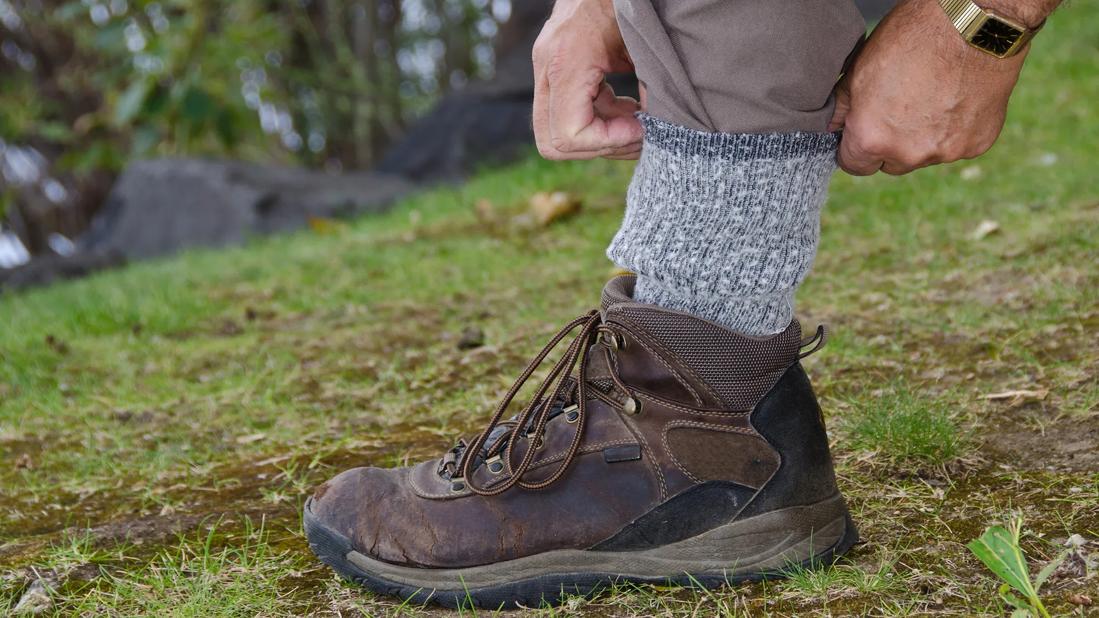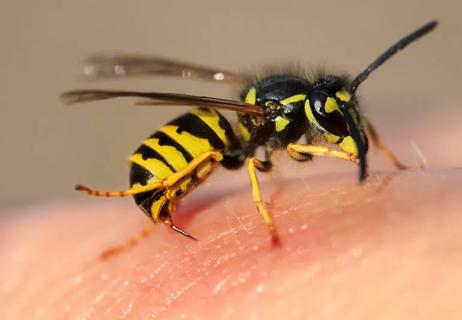Advertisement
Twice daily tick checks, the right bug sprays and long pants can help you prevent tick-borne diseases

Ticks are small arachnids that you can find in grassy, overgrown and wooded areas around the world. Some varieties are just a nuisance. But others can spread dangerous infections like Lyme disease.
Advertisement
Cleveland Clinic is a non-profit academic medical center. Advertising on our site helps support our mission. We do not endorse non-Cleveland Clinic products or services. Policy
During tick season — usually April through September in the northern hemisphere — it’s important to keep your eyes peeled and your tweezers ready.
Ticks can spread several diseases, including:
The best way to avoid Lyme disease and other tick-borne infections? Don’t get bitten! Emergency physician Christopher Bazzoli, MD, gives us a crash course on the finer points of tick bite prevention.
When you’re out hiking or camping, stay in clearer areas with less grass and overgrowth. If there are trails available, stick to them as much as possible and try to walk down the center of the path.
Dr. Bazzoli’s other advice? Don’t assume that the rugged wilderness is the only place ticks can pop up.
It’s always possible to pick up a tick, regardless of geography or landscape. If you’re rolling around in the grass during tick season, you’re at risk — no matter how urban your neighborhood is.
“You can sometimes even find ticks in your yard, especially if it’s overgrown,” he says. “A well-cut lawn is less likely to house ticks, but it’s still possible. So, keep on guard during the warmer months of the year.”
“It’s really important to do tick checks twice a day if you’re out in potential tick environments,” Dr. Bazzoli advises. “It’s a crucial part of preventing disease transmission. Be sure to check all the nooks and crannies!”
Advertisement
If you can’t get eyes on those nooks and crannies yourself, Dr. Bazzoli recommends enlisting the help of a tick-check buddy. They can check the places that are difficult for you to see.
Why do tick checks twice a day?
“It typically takes 48 to 72 hours for a tick to infect a human with the Lyme disease bacteria,” he explains. “If a tick falls into your hair or makes its way to a spot that’s hard for you to see, like your armpit or groin, it could attach itself and be there long enough to infect you. The key is to find and remove them early.”
Wearing long pants and long-sleeved shirts may not be your first choice for a warm-weather hike. But it’s the best way to keep ticks from coming along for the ride.
“Try to wear light colors,” Dr. Bazzoli suggests. “Ticks can be small and are easier to spot if you aren’t wearing dark clothes.”
He also advises tucking your pant legs into your socks or shoes.
“By tucking in those pant legs, you cut down on the chances of a tick being picked up from grass or lower bushes and crawling up your legs,” he says.
When it comes to bug sprays to prevent ticks, Dr. Bazzoli has two recommendations.
“Between the permethrin, DEET or picaridin sprays and the protective clothing, you should have a very low risk of acquiring ticks and tick-borne diseases,” says Dr. Bazzoli.
Not sure if your repellent of choice will protect against ticks? The Environmental Protection Agency (EPA) has a database you can check.
Being a homebody doesn’t eliminate your tick bite risk. After all, your four-legged friends can double as public transit for ticks.
“Your pets and animals can bring ticks home to you from an overgrown or wooded area that they went and explored,” says Dr. Bazzoli.
Check them thoroughly in the morning and at night in the warmer months. And be sure to keep up with their flea and tick prevention medication. They’ll appreciate your attention, and you’ll appreciate being in a tick-free house!
When it comes to tick bites, prevention is the best medicine. But it’s not always possible. If you spot a tick crawling on you, swipe it off your skin, take a deep breath, and relax. Ticks can’t make you sick without attaching themselves to your body. You’re in the clear!
And if the tick is latched? Carefully remove it. If you need help deciding whether to see a healthcare provider, call their office to ask, or check out the Centers for Disease Control and Prevention’s Tick Bite Bot. Answering a quick series of questions is all it takes to determine whether you need medical treatment.
Advertisement
Advertisement
Learn more about our editorial process.
Advertisement

Using insect repellent, covering up and keeping your property dry can help keep the buggers at bay

Kissing bugs are insects that can carry a dangerous parasite that causes Chagas disease

Whether you scrape or pull out the stinger, the key is to do it quickly

Some bites are nothing more than itchy — others can put you at risk for disease

They may seem cute, but toxins released by certain kinds of caterpillars can leave you feeling itchy or worse

Using blunt-tipped tweezers, pull the critter up gently to remove it from your kid’s skin and then bag it to take to a healthcare provider for identification

If stung, removing the stinger quickly is key — then, apply a cold compress to soothe

Simple solutions to handle backyard encounters with some of nature’s smallest critters

If you’re feeling short of breath, sleep can be tough — propping yourself up or sleeping on your side may help

If you fear the unknown or find yourself needing reassurance often, you may identify with this attachment style

If you’re looking to boost your gut health, it’s better to get fiber from whole foods